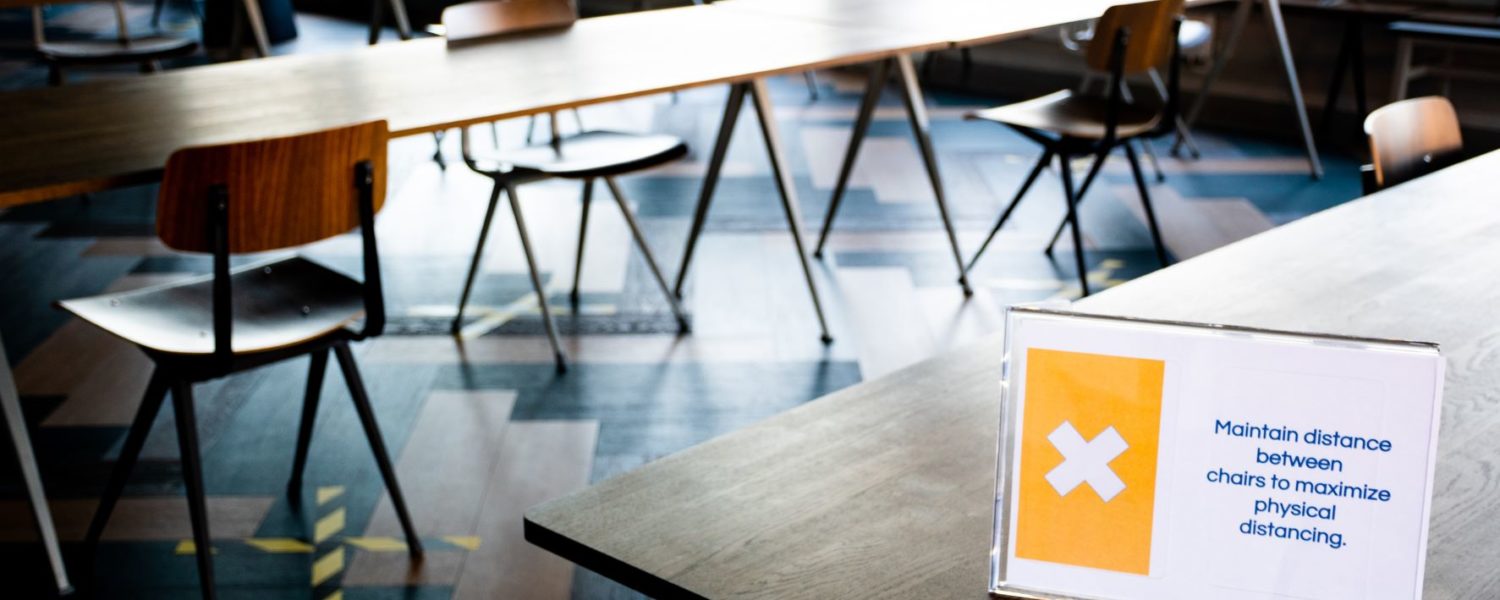By Shannon Zaher
Christian schools are blessed with a great sense of community and parental involvement that most other schools could only envy. However, when it comes to campus and student security, familiarity can have the negative side effect of creating a false sense of security.
As most school leaders know, Christian schools are not immune from public school problems and violence. To exacerbate that fact, the pandemic has brought unprecedented levels of isolation, food insecurity, loss of loved ones, as well as many other negative impacts on our church and school communities.
More now than ever, school leaders must ensure they have processes and tools in place to help prevent, plan for, and recover from any emergency. Private school safety plans do not differ significantly from those at public schools, but there are some things small schools sometimes overlook. After all, students can only flourish and grow when they truly feel safe.
This article shares six ways Christian school leaders can improve safety, according to school safety experts across the nation. Schools should consider these recommendations to strategically improve their safety initiatives.
- Be Prepared with COVID-19 Protocols
Schools must stay vigilant in mitigating the spread of COVID-19 within their communities. This involves keeping those with exposure risk off campus and promptly contact tracing when there is a positive case at your school. It is incredibly time consuming, however, to manually track the information needed to contact trace and health screen each visitor. Manual processes are also error-prone and often unprotected, making it easy for someone to access confidential health information.
An automated visitor management system tracks every individual who signs in, recording details such as their contact information, when they were in your school, their destination, and when they signed out of the system. This information is instantly accessible for effective and prompt contact tracing. The most robust systems also ask each visitor to complete a quick health screening questionnaire to determine whether they may be a risk to your school.
- Build Your School Safety Team and Emergency Operations Plan (EOP)
Every school, large or small, needs a safety team that promotes and maintains a culture of safety. This team should include church, board, and school staff, like heads of school, principals, admins, teachers, counselors, security managers, and operations managers. It’s also important to have representatives for students, parents, and outside community members, like police, first responders and councilors.
“Gather your key stakeholders around the table,” advises Chief Frank Kitzerow, president of the National Association of School and Campus Police Chiefs. “It’s never ‘one-size-fits-all’ in school safety.”
These stakeholders each have their own expertise and perspectives, which can help the team create a more comprehensive emergency operations plan (EOP). An EOP is a multi-hazard plan that accommodates the entire school community.
“That’s everything from very minor to very major [scenarios],” explains Dr. Leigh Wall, former Santa Fe Texas ISD superintendent. This includes using a visitor management system to stop unwanted entrants.
“We’ve put a lot of things, like visitor management software, in place to help us ensure that we’re safe and that our students are protected,” stated Andrew Schultz, assistant principal at Concordia Lutheran High School in Tomball, Texas.
Employing emergency management tools like panic alert and reunification applications can help schools effectively respond to and recover from incidents, whether they occur on or off campus or before, during, or after school hours.
- Practice Your Safety Protocols
“In an actual emergency, things are very stressful, and the first thing that goes is our cognitive functioning,” Dr. Jaclyn Schildkraut, associate professor of criminal justice at the State University of New York Oswego and one of the nation’s leading mass and school shootings researchers, explains. “Our minds go blank, and our bodies do what they’re trained to do… it’s like we go on autopilot.”
The more schools conduct well-planned safety drills aligned with their EOP, the more intuitive the processes will become for participants and the more successful emergency response and recovery will be. Student involvement should be based on age and developmental level.
It’s also important to involve first responders because they may not be as familiar with your campus or your processes. Inviting them to campus is insurance they will know where to go in case of an emergency. After each drill, the safety team and participants should immediately debrief, looking at drill performance data—ideally captured in a drill management solution—to analyze what went well and what needs improvement.
- Support Students’ Mental Health
“Responding to this mental health crisis requires everyone’s involvement,” Dr. Poland, professor and director of the Suicide and Violence Prevention Office at Nova Southeastern University, shared on the School Safety Today podcast. For Christian schools, it can include clerical staff and youth pastors, as well as Christian mental health professionals.
Additionally, the need to document and identify even low-level behaviors is important to make sure children get the help they need before it leads to a more negative outcome. Changes in behavior or a sudden drop in grades can point to a mental health issue that needs early intervention.
- Be Prepared to Address Behavioral Incidents and Violence
Teachers across the country have reported that students of all ages are acting out. There is also the increasing concern of social media challenges that urge students to do inappropriate—and sometimes illegal and violent—acts. Situations like these can happen at any school, and they can quickly escalate.
Each school must have a robust school safety ecosystem, which is a toolbox of various components that can help schools quickly and efficiently respond to incidents. The toolbox considers things like safety and security, response and recovery processes, and what technology or software the school will use to prepare for and streamline emergency response.
- Stay Updated on the Latest Best Practices
School safety is not a static set of ideas or actions. New threats continue to develop that force schools to continuously evaluate how to keep students safe. Evaluating the effectiveness of your protocols, partners, and technology must be a sustained process that considers evolving best practices.
Shannon Zaher is head of product marketing for Raptor Technologies, which supports over 50,000 K-12 schools worldwide with a fully integrated visitor, volunteer, and emergency management suite to help schools create safe learning environments, www.raptortech.com.









